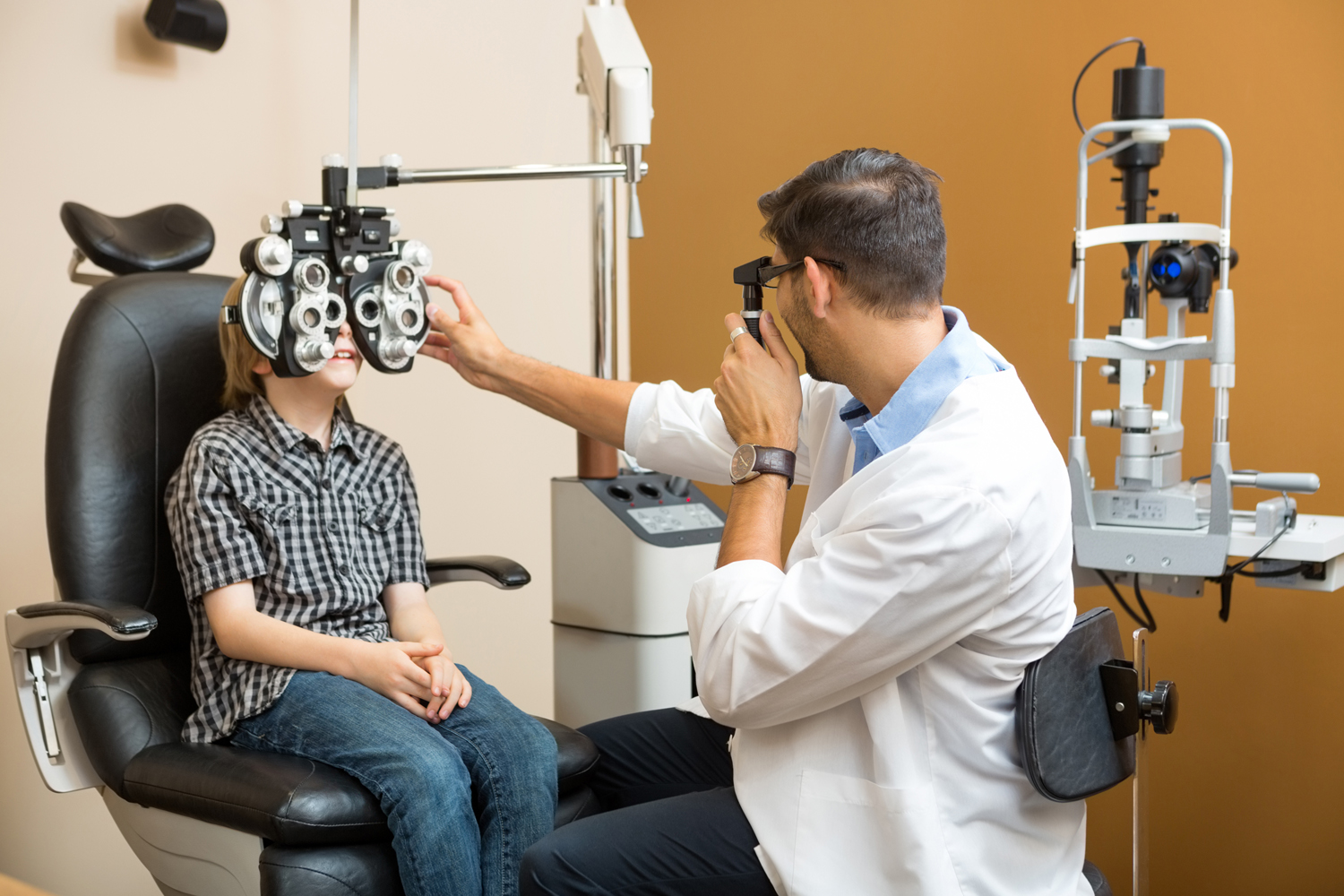Locate a Trusted Optometrist Chino for Household Eye Treatment Solutions
Exploring the most up to date Technological Improvements in Optometry and What They Mean for Eye Doctors
In the ever-evolving area of optometry, recent technical improvements are reshaping exactly how specialists approach eye care. From the accuracy of Optical Coherence Tomography to the nuanced understandings provided by AI-driven analysis devices, these advancements are establishing new criteria in client assessment and treatment. Teleoptometry is positioned to redefine availability, ensuring that knowledge transcends geographical limitations. As these developments permeate the technique, optometrists are confronted with the difficulty of welcoming these devices to improve person outcomes. Yet, the concern continues to be: how will these technological changes redefine the roles and obligations within the career?
Advancements in Diagnostic Devices
Progressing the area of optometry, innovations in diagnostic tools have actually transformed the method eye care specialists analyze and diagnose visual problems and ocular conditions. The previous years has actually witnessed significant technological advancements, allowing more accurate and comprehensive analyses. Optical Comprehensibility Tomography (OCT), as an example, offers high-resolution cross-sectional pictures of the retina, enabling the very early discovery of illness such as glaucoma and age-related macular degeneration. This non-invasive imaging strategy has actually ended up being vital in contemporary optometric method.
An additional secret technology is the introduction of innovative corneal topography systems, which map the surface curvature of the cornea with precision. These devices are specifically useful for suitable contact lenses and detecting corneal conditions. Digital retinal imaging has transformed conventional ophthalmoscopy, using thorough, breathtaking sights of the retina that facilitate comprehensive visual assessments.
The advancement of wavefront aberrometry has actually additionally been essential, enabling the analysis of refractive errors with unequaled accuracy (Opticore Optometry). This modern technology aids in tailoring rehabilitative lenses and boosting medical end results for refractive surgeries. Collectively, these diagnostic advancements empower optometrists to provide remarkable individual treatment, ensuring early intervention and tailored therapy strategies, inevitably enhancing aesthetic wellness outcomes
AI in Person Monitoring
Building on the foundation of cutting-edge diagnostic tools, the unification of fabricated knowledge (AI) in person monitoring stands for a transformative leap for optometry. AI systems are increasingly employed to enhance effectiveness, precision, and customization in patient treatment.
Furthermore, AI-driven platforms assist in structured individual interactions and administrative processes. Automated organizing, virtual consultations, and personalized follow-up strategies not just enhance person complete satisfaction however additionally maximize time administration for experts. These systems can triage clients based on the seriousness of their problems, making certain that those in essential need receive punctual interest.
In addition, AI enhances decision-making by giving optometrists with evidence-based referrals and therapy pathways. By integrating information from electronic health records, AI devices offer insights that educate medical choices, lowering the risk of errors and enhancing person outcomes. As AI remains to progress, its duty in client management will likely increase, improving the landscape of optometric treatment.
Advancements in Retinal Imaging
In the world of optometry, retinal imaging has actually seen amazing technological innovations that are improving diagnostic capacities Going Here and individual care. Technologies such as Optical Comprehensibility Tomography (OCT) and fundus photography have actually reinvented exactly how optometrists assess the retina and envision.
Improved imaging methods like OCT angiography are further refining analysis accuracy. Opticore Optometry. Such advancements promote the identification of minute retinal adjustments that could symbolize condition progression.
Additionally, innovations in expert system are boosting retinal imaging by enabling automated analysis of big datasets. These systems help eye doctors in recognizing patterns indicative of pathology, thus improving diagnostic accuracy and effectiveness. Jointly, these technologies are changing retinal imaging right into a cornerstone of modern eye care, improving results and broadening restorative opportunities.
Teleoptometry's Expanding Function
Teleoptometry is progressively becoming a vital part of eye treatment, driven by developments in electronic interaction and diagnostic devices. This is especially advantageous in country and underserved areas where accessibility to specialized eye care is typically restricted.
The combination of expert system (AI) further boosts teleoptometry, allowing the analysis of aesthetic data and helping in the detection of eye conditions such as glaucoma and diabetic person retinopathy. website link AI-powered algorithms can swiftly interpret intricate imaging data, giving optometrists with beneficial insights that strengthen scientific decision-making.
Furthermore, teleoptometry supports continuity of treatment with smooth combination with digital health documents (EHRs), allowing optometrists to keep extensive person histories. This makes certain that clients obtain consistent and individualized care even when seeking advice from different professionals.
In spite of these benefits, challenges remain, including making certain information safety and security and handling person expectations. Nevertheless, teleoptometry represents a significant stride towards even more easily accessible, reliable, and patient-centered eye treatment. As innovation develops, its function is poised to broaden additionally.

Future Patterns in Eye Care
A myriad of innovative fads is readied to improve the future of eye care, driven by technological improvements and the evolving requirements of people. One considerable pattern is the assimilation of fabricated knowledge (AI) in diagnostics, which assures to improve the precision and efficiency of eye examinations. AI formulas can assess substantial quantities of data from retinal images, possibly finding conditions like diabetic retinopathy and glaucoma earlier than typical approaches.
Additionally, customized medicine is obtaining traction in optometry, with genetic screening informing customized therapy strategies. This technique aims to maximize individual outcomes by customizing interventions to specific hereditary accounts. Wearable modern technology, such as wise contact lenses, is likewise coming up, supplying real-time tracking of intraocular stress or glucose degrees, therefore giving constant understandings into eye and systemic wellness.
The adoption of increased reality (AR) and digital reality (VIRTUAL REALITY) in training and client education and learning is one more emerging fad. These innovations offer immersive experiences that can improve understanding and abilities both for clients and eye doctors. As these trends progress, eye doctors should stay abreast of technical advancements to supply cutting-edge care, making sure better client results and satisfaction in the dynamic landscape of eye treatment.
Verdict

Collectively, these diagnostic innovations encourage optometrists to deliver superior person care, guaranteeing very early treatment and tailored therapy techniques, ultimately boosting visual health end results.

As these modern technologies continue to develop, eye doctors must adapt and incorporate them right into practice, eventually maximizing operations efficiency and raising the requirement of eye treatment delivered to individuals.